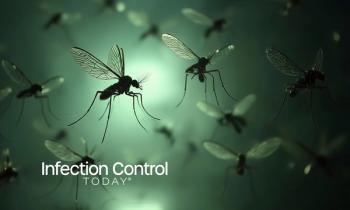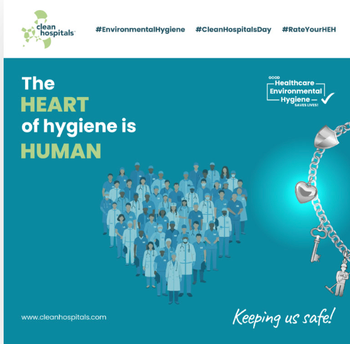
Researchers Propose Social Network Modeling to Fight Hospital Infections
Two researchers at the University of Marylands Robert H. Smith School of Business have teamed up with a researcher at American University to develop a framework to help prevent costly and deadly infections acquired by hospitalized patients.Â
The research of Sean Barnes, Smith School assistant professor of operations management; Bruce Golden, the Smith School's France-Merrick Chair in Management Science; and Edward Wasil of American's Kogod School of Business, utilized computer models that simulate the interactions between patients and healthcare workers to determine if these interactions are a source for spreading multidrug-resistant organisms (MDROs). Their study shows a correlation of a sparse, social network structure with low infection transmission rates.
Â
This study comes in advance of HHS 2015 launch and enforcement of a new initiative that penalizes hospitals at an estimated average rate of $208,642 for violating specific requirements for infection control. In response, the studys authors have introduced a conceptual framework for hospitals to model their social networks to predict and minimize the spread of bacterial infections that often are resistant to antibiotic treatments.
Â
The authors manipulated and tracked the dynamics of the social network in a mid-Atlantic hospitals intensive care unit. They focused on interactions between patients and healthcare workers primarily nurses and the multiple competing factors that can affect transmission.
Â
The basic reality is that healthcare workers frequently cover for one another due to meetings, breaks and sick leave, says Barnes. These factors, along with the operating health care-worker-to-patient ratios and patient lengths of stay, can significantly affect transmission in an ICU But they also can be better controlled.
Â
The next step is to enable hospitals to adapt this framework, which is based on maximizing staff-to-patient ratio to ensure fewer nurses and physicians come in contact with each patient, especially high-risk patients.
Â
"The health care industry's electronic records movement could soon generate data that captures the structure of patient-healthcare worker interaction in addition to multiple competing, related factors that can affect MDRO transmission, says Barnes.
The study, Exploring the Effects of Network Structure and Healthcare Worker Behavior on the Transmission of Hospital-Acquired Infections, appears in a recent issue of the peer-reviewed IIE Transactions on Healthcare Systems Engineering. The study was partially funded by the Robert H. Smith School of Business Center for Health Information and Decision Systems.
Source: University of Maryland
Â
Â
Newsletter
Stay prepared and protected with Infection Control Today's newsletter, delivering essential updates, best practices, and expert insights for infection preventionists.





